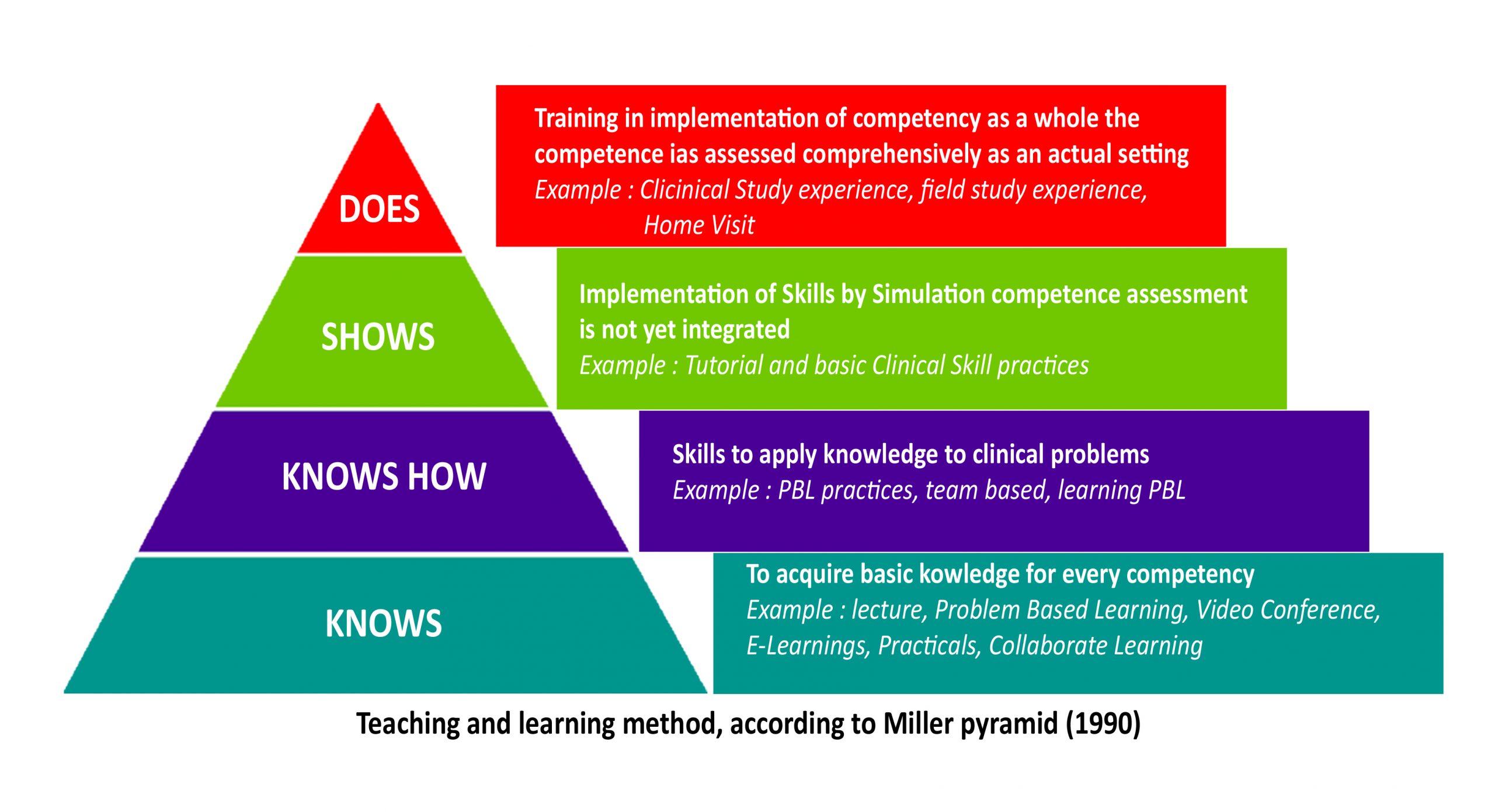Chemicals of concern in the environment
(chemicals of concern in the environment)
Primary Task Response: Within the Discussion Board area, write 300–500 words that respond to the following questions with your research. Be substantive and clear, and use examples to reinforce your ideas.
Chemicals of Concern in the Environment
As scientists and engineers work to produce products that make people’s lives easier and safer, there is the possibility that these new products could have negative consequences on individuals and the environment. Select 1 of the chemicals listed below, and discuss its role in improving lives as well as the potential unintended consequences that it may have. Be substantive and clear, and use examples to reinforce your ideas.
Chemicals of Concern (Select 1)
- Regulated by the U.S. Environmental Protection Agency (EPA):
- Brominated flame retardants: These are added to plastics and fabrics to make them more flame-resistant.
- Cadmium: This is an element that is known as a heavy metal. It is used in batteries, paints, and plastics.
- Regulated by the U.S. Food and Drug Administration (FDA):
- Phthalates: These are chemicals that are added to plastics to make them more flexible.
- Bisphenol-A (BPA): This is a chemical that is added to plastics to harden them while keeping them light.
Discuss the following for this assignment:
- What role does the chemical you selected play in the modern world?
- What are some possible detrimental health effects that are associated with this chemical?
- Explain the position of the FDA or EPA regarding your selected chemical. What is the position of your state government regarding your selected chemical?
- Do you feel that your chemical should be more tightly regulated in the United States? Why or why not?
Chemicals of Concern in the Environment: Cadmium
Role of Cadmium in the Modern World
Cadmium is a naturally occurring heavy metal that plays a significant role in various industrial applications. It is commonly used in rechargeable nickel-cadmium (Ni-Cd) batteries, which are found in power tools, emergency lighting, and other portable electronic devices. Additionally, cadmium-based pigments are widely used in paints, plastics, and ceramics due to their vibrant and long-lasting colors. Cadmium is also used in metal coatings to prevent corrosion, particularly in marine and aerospace industries (Agency for Toxic Substances and Disease Registry [ATSDR], 2012). Despite its industrial benefits, cadmium poses significant environmental and health risks, leading to stringent regulations on its use.
Potential Health Effects of Cadmium
Exposure to cadmium can have severe health consequences, particularly through inhalation or ingestion. Long-term exposure has been linked to kidney damage, as cadmium accumulates in the body and impairs renal function. It is also classified as a known human carcinogen by the International Agency for Research on Cancer (IARC) and has been associated with lung cancer when inhaled in high concentrations (IARC, 2012). Cadmium exposure can lead to bone demineralization, increasing the risk of fractures and osteoporosis. Additionally, prolonged exposure to contaminated food or water sources can cause gastrointestinal issues, reproductive harm, and immune system suppression. Workers in industries that handle cadmium face the highest risk, as occupational exposure can lead to severe respiratory issues (U.S. Environmental Protection Agency [EPA], 2021).
Regulatory Stance of the EPA and State Governments
The U.S. Environmental Protection Agency (EPA) strictly regulates cadmium due to its toxic nature. The EPA has set limits on cadmium levels in drinking water and air emissions and classifies it as a hazardous air pollutant under the Clean Air Act. Cadmium disposal is regulated under the Resource Conservation and Recovery Act (RCRA) to prevent soil and water contamination (EPA, 2021). In addition, the Occupational Safety and Health Administration (OSHA) has established workplace exposure limits to protect workers from cadmium poisoning.
Several state governments have implemented additional restrictions on cadmium. For example, California has included cadmium in its Proposition 65 list of chemicals known to cause cancer and reproductive harm (California Office of Environmental Health Hazard Assessment [OEHHA], 2020). Some states have banned cadmium in children’s jewelry and toys to reduce exposure risks in vulnerable populations.
Should Cadmium Be More Tightly Regulated?
Given its toxic effects and potential for environmental contamination, cadmium should be more tightly regulated, particularly in consumer products. While industrial applications may still require cadmium, alternative materials should be explored for non-essential uses. Stricter limits on cadmium in food packaging, electronics, and household items would help reduce exposure risks. Furthermore, improved monitoring of industrial emissions and stricter disposal regulations could prevent cadmium contamination in water sources and soil.
Are Label Requirements Enough?
Label requirements alone are not sufficient to address the risks associated with cadmium exposure. While labeling can inform consumers about the presence of cadmium in products, many individuals may not fully understand the health risks. Additionally, labeling does not prevent environmental contamination or occupational exposure. A combination of stricter regulations, increased public awareness, and research into safer alternatives would be more effective in mitigating the dangers posed by cadmium.
In conclusion, while cadmium has valuable industrial applications, its potential health and environmental risks warrant tighter regulations. By limiting its use in consumer products, enforcing strict workplace protections, and enhancing waste disposal measures, the United States can reduce the harmful effects of cadmium exposure.
References
Do you need a similar assignment done for you from scratch? Order now!
Use Discount Code "Newclient" for a 15% Discount!




